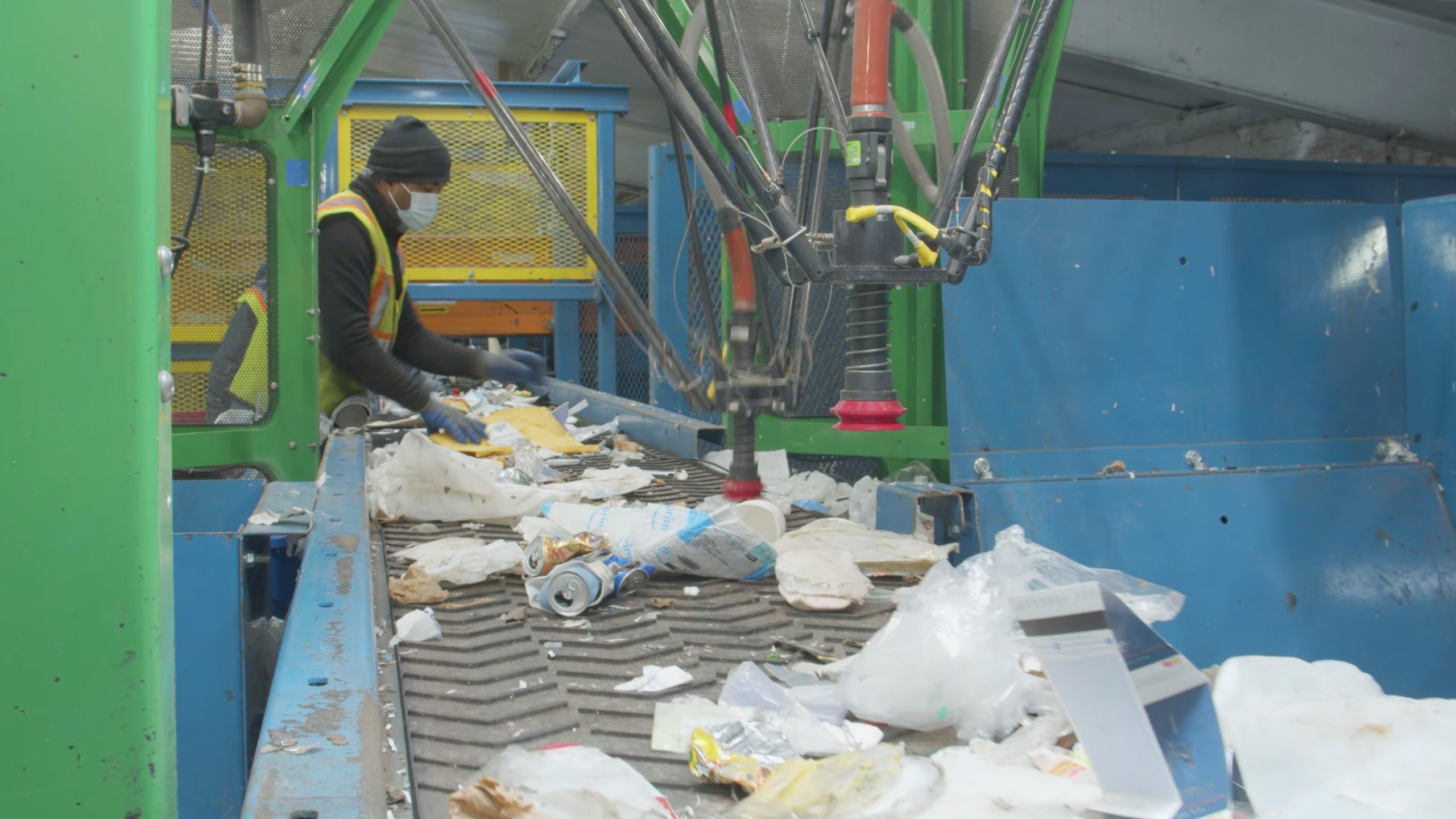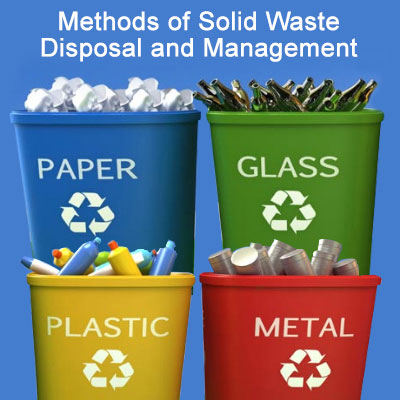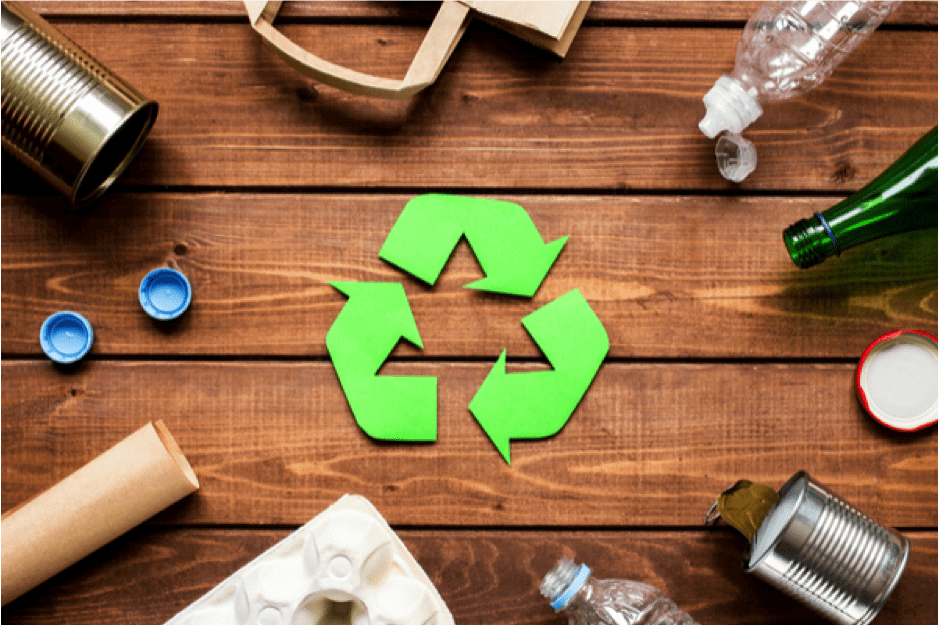Recycling Lives Services: Leading the Way in Responsible Recycling
Recycling Lives Services: Leading the Way in Responsible Recycling
Blog Article
Discovering Various Kinds of Waste in Modern Waste Management Equipment
The modern landscape of waste management involves navigating a complicated selection of waste types, each requiring specialized handling and disposal techniques to reduce environmental effects. Metropolitan strong waste, harmful waste, electronic waste, and organic waste each existing unique obstacles and opportunities for source healing. Ingenious remedies such as smart waste bins and waste-to-energy innovations are arising as important tools in enhancing efficiency and sustainability. Recognizing these waste types is crucial for promoting public recognition and encouraging active participation in lasting practices. What techniques can effectively deal with these different kinds of waste while promoting a round economy?
Community Solid Waste
Metropolitan solid waste, frequently described as family trash or waste, includes a variety of thrown out products generated by household, industrial, and institutional resources within a community. This waste stream usually includes products such as packaging, food scraps, lawn trimmings, paper, plastics, textiles, and thrown out family goods. The monitoring of local solid waste is an essential element of urban planning and public wellness, necessitating reliable collection, transportation, and disposal systems.
Effective waste management systems are developed to lessen ecological impact while making the most of source recuperation. Composting natural waste, such as food scraps and backyard trimmings, not just reduces land fill use yet also produces valuable soil amendments.
Towns need to additionally resolve the economic and logistical challenges connected with waste management. Carrying out pay-as-you-throw systems, improving public understanding, and purchasing innovation can substantially boost waste diversion prices. By incorporating these methods, districts can cultivate lasting areas, lower greenhouse gas exhausts, and conserve all-natural sources.
Hazardous Waste

Effective dangerous waste administration entails numerous essential actions: recognition, segregation, therapy, and disposal. Partition makes certain that unsafe products are kept separately from non-hazardous waste to prevent cross-contamination.
Regulatory structures, such as the Resource Conservation and Recovery Act (RCRA) in the USA, give guidelines and standards for contaminated materials administration. Adherence to these regulations, paired with advancements in waste therapy innovations, is important in mitigating the threats connected with hazardous waste.
Digital Waste
Electronic waste, commonly described as e-waste, represents a swiftly growing obstacle in waste administration systems worldwide. This kind of waste includes discarded digital devices and tools such as mobile phones, computer systems, televisions, and other digital home appliances. The rapid speed of technological development, paired with reducing product life-spans and customer demand for the most recent tools, has tremendously increased the quantity of e-waste generated every year.
E-waste is especially bothersome due to its intricate composition, commonly containing harmful materials like mercury, cadmium, and lead, which pose considerable environmental and wellness threats if not properly taken care of. Conversely, e-waste additionally contains important materials such as gold, copper, and silver, which can be recovered and reused. The twin nature of official source e-waste-- both important and hazardous-- requires customized handling, reusing, and disposal procedures.
Reliable e-waste monitoring includes rigorous governing frameworks, durable collection systems, and advanced recycling innovations. Public understanding and involvement are vital, as inappropriate disposal techniques, such as prohibited unloading and casual recycling, aggravate ecological contamination and carcinogen. Boosting e-waste monitoring methods is crucial for reducing ecological influence and recouping useful resources in an increasingly electronic world.

Organic Waste
Organic waste, making up cooking area scraps, lawn trimmings, and agricultural deposits, represents a considerable portion of the worldwide waste stream. This type of waste is naturally degradable, meaning it can be damaged down by microorganisms right into simpler natural compounds. Regardless of its potential for all-natural decomposition, inappropriate administration of natural waste can result in negative ecological impacts, consisting of the exhaust of greenhouse gases such as methane, which contribute to climate modification.
Reliable management of organic waste is vital for minimizing these environmental influences (recycling lives services). Composting is an extensively adopted technique, changing natural waste right into nutrient-rich compost that can improve dirt wellness and farming productivity. Additionally, anaerobic digestion is an emerging innovation that transforms natural waste right into biogas, a renewable energy source, and digestate, which can be utilized as fertilizer
Municipalities and waste administration entities need to apply durable natural waste collection and therapy programs to take full advantage of the advantages of these procedures. Public education and learning projects can likewise play an essential duty in motivating houses and organizations to different natural waste from various other kinds of waste. By focusing on the administration of organic waste, societies can minimize garbage dump use, reduced greenhouse gas exhausts, and develop useful by-products for agricultural use.

Cutting-edge Waste Administration
In the realm of waste monitoring, cutting-edge methods are transforming how cultures manage their refuse, aiming for sustainability and efficiency. One prominent technology is the execution of wise waste bins equipped with sensing units that keep an eye on fill levels and maximize collection paths.
Another notable growth is the adoption of waste-to-energy (WtE) modern technologies. By transforming non-recyclable waste into usable power through procedures such as incineration and anaerobic digestion, WtE reduces land fill problem and offers a renewable power source. Improvements in chemical recycling enable for the break down of intricate plastics into their initial monomers, allowing the production of new, high-grade plastic products.
Additionally, the circular economic climate version is acquiring Read More Here grip, emphasizing the style of items and systems that prioritize reusability and resource performance. This holistic view it technique urges markets to minimize waste generation from the beginning. Via these innovative techniques, modern-day waste administration systems are not just dealing with the immediate challenges of waste disposal yet additionally leading the method for an extra lasting future.
Verdict
A comprehensive understanding of community strong waste, contaminated materials, digital waste, and organic waste, coupled with the implementation of ingenious waste administration remedies, is crucial for minimizing ecological impacts. Integrating technologies such as smart waste bins and waste-to-energy systems can enhance efficiency and sustainability. Effective waste administration techniques not only foster resource healing but likewise promote public awareness and participation, ultimately adding to the advancement of a circular economic climate.
The contemporary landscape of waste administration includes navigating a complex array of waste types, each requiring specialized handling and disposal approaches to minimize ecological influences. Local strong waste, unsafe waste, digital waste, and natural waste each present distinct challenges and opportunities for resource recuperation.Digital waste, generally referred to as e-waste, represents a rapidly expanding obstacle in waste management systems internationally. Via these innovative techniques, contemporary waste administration systems are not only attending to the instant difficulties of waste disposal but likewise leading the means for a more lasting future.
A thorough understanding of metropolitan solid waste, harmful waste, digital waste, and organic waste, combined with the implementation of cutting-edge waste management services, is vital for alleviating ecological impacts. (recycling lives services)
Report this page